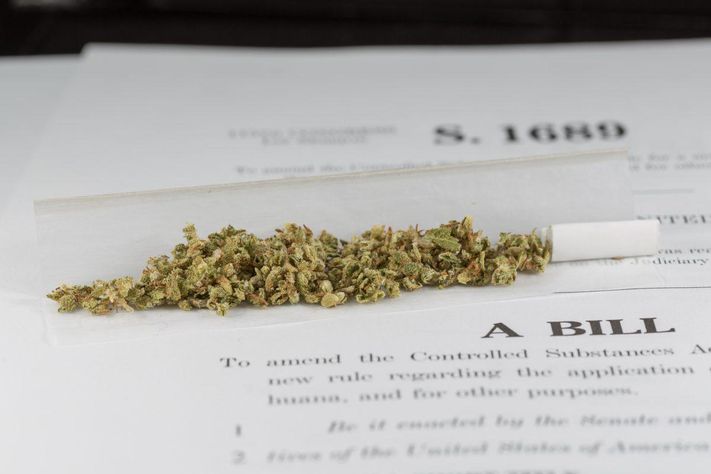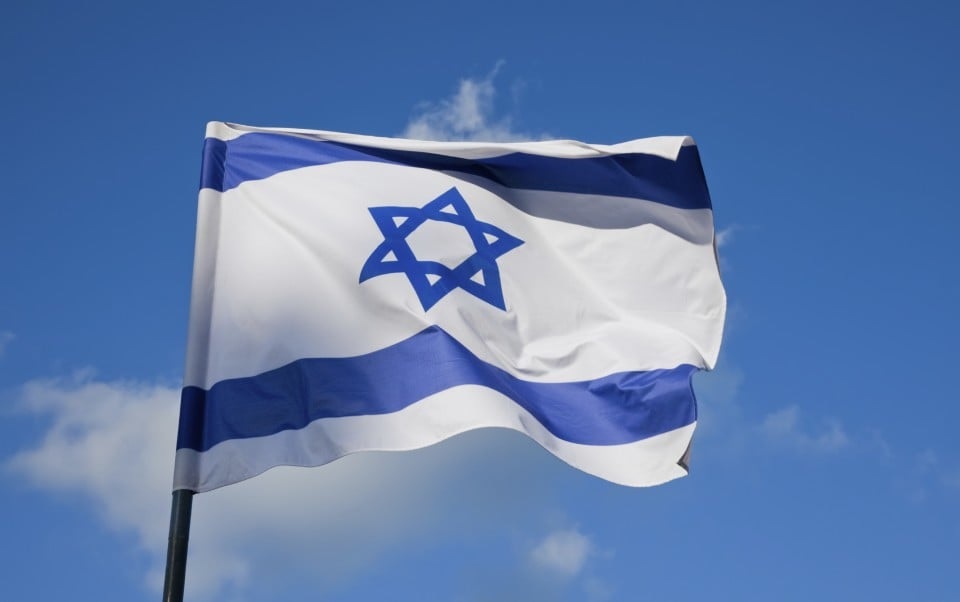Way back in 1993, I came across Jack Herer’s book, The Emperor Wears No Clothes, which was first published in 1985 and brought together an enormous amount of information regarding the history and uses of cannabis/hemp from the beginning of recorded history to present time. Information about hemp that now seems benign, was once prohibited and removed from libraries across the country and across the world.
Even the Library of Congress would get caught removing historical facts about cannabis/hemp from our public records.
Cannabis has been a topic very close to me since I was a child. My mother was a hippie and I was a kid who had cancer, so it’s not surprising that after she read about marijuana being used by cancer patients, she decided to let me smoke a joint while I was going through a combination of chemotherapy and radiation treatments. In 1979, I was only nine years old and the healing effects of smoking a joint after going through chemotherapy felt like a miracle, and I became an advocate for the legalization and understanding of cannabis for the rest of my life.
Reading Jack’s book in 1993 would become a catalyst that would change my life forever. I was so moved by the historical information that he presented and I was angered at the prohibitionists that would deny us the most useful plant on the planet, so I called the phone number on the back cover and found out that Jack was running an effort to legalize cannabis in California.
In January 1994, I drove to the Los Angeles office and volunteered immediately to help.
My first question was; “How do you legalize marijuana?”
Jack answered with a single word: “Democracy.”
My second question was; “Why legalize instead of just decriminalizing?”
Jack got pissed; “You don’t understand the difference between those two terms do you?”
Clearly I did not, so I apologized for my lack of knowledge and I asked; “What’s the difference?”
Jack went on to tell me that decriminalization leaves the cops in charge of who they harass and who they let walk because it allows for selective prosecution by bigoted cops.
Decriminalization only quasi-legalizes the end user for a small amount of cannabis. Producers, distributors and people who make hash, would all be felons under decriminalization and their activities would still be illegal. Retail stores, testing, quality control, and all production would all still be completely illegal. Even research into how cannabis can help cancer or AIDS patients would be completely illegal. While explaining this, Jack would get angry and tell me that cannabis should have never been criminalized in the first place and that we should never settle for decriminalization because we would all still be living under the oppression of bad laws.
Legalization makes all aspects from production to testing to distribution completely legal for people to engage in. Under most legalization, you have a legal right to grow cannabis at home and to give some to your sick friend or to give some to your friend at their wedding as a gift.
I got it, Jack made clear sense and he realized that I had got the point, he smiled and he made me take an oath that I would fight for legalization until cannabis was legal, I was 84 years old or I was dead. We shook hands and spent years after that as best friends traveling around and passing out his book while educating whoever would listen.
Jack needed 500,000 signatures in order to put the initiative onto the California ballot and in order to get those signatures, Jack brought me to a supermarket in Burbank California, where we stood outside with clipboards holding our initiatives and our voter registration forms in order to sign up new voters to be able to vote and to get them to sign our initiative.
We would talk to every friendly person who walked by us and who would take the time to listen to us and try to encapsulate thousands of years of cannabis history into a few sentences that might get their attention. We were wearing hemp pants that looked like burlap sacks and showing them wallets made of hemp fiber, but most of the time they would look at us like we were a bit crazy.
Standing in front of supermarkets until the police came and chased us away or stopped us, searched us, found some cannabis on us and then ticketed us or arrested us, all of which had happened to us multiple times in multiple places, but we never gave up.
Jack also had a booth on Venice Beach Boardwalk, where some of his volunteers would be teaching the tourists about cannabis and hemp history as they walked by. At the time, standing at that booth on Venice Beach or standing outside of supermarkets was the only way we were getting our message out to the public that the prohibition of cannabis was wrong and should be challenged.
In 1994, there was only one place in California where a medical patient could get medical cannabis and that was from Dennis Peron at the Cannabis Buyers Club in San Francisco. The San Francisco police would raid the SF CBC multiple times to try to shut it down and the oppression was incredible. Dennis would be successful in pushing a medical necessity defense initiative in 1996 that became known as proposition 215 and then California law; 11362.5 after it passed.
Unfortunately, the initiative did not legalize any of our activities and many of us were prosecuted and sentenced to federal prison after passing. I was one of them and I spent five years in federal prison, mostly because I would not cooperate. The prosecutor made it absolutely clear that if I were to cooperate that they would not recommend prison time, but if I would not cooperate, that they would recommend the max penalty. It may sound crazy, but I chose the prison sentence and self surrendered on January 3, 2000 to a five-year sentence for doing nothing more than growing flowers in my Bel Air backyard.
In the 1990s in California, close to 20,000 people were being arrested each year for marijuana possession, by 2009 that number would climb to almost 80,000 people arrested annually, and even then, that would not be close to the over 100,000 California citizens being arrested during each of the years 1972 and 1973.
Between 2001 and 2010, there were over 8 million people arrested for marijuana possession in the United States, which accounts to one arrest every 37 seconds and billions of dollars wasted by pushing them through the criminal justice system.
History has also shown us that the laws against cannabis were racist from their inception. People of color get arrested for cannabis in some places at four times the rate of white people.
The very word “marihuana” was used by the government in a deceptive way, so that Americans who were growing hemp on their farms and using canvas, which is a cognate of cannabis, as all canvas goods were made with cannabis fiber, would not understand what they were talking about.
The problem the government had in 1937 was that nobody was afraid of cannabis hemp, which is why they associated it with Mexicans, and accusing them of bringing it up from Mexico and calling it a name that you could not find in any dictionary or encyclopedia if you were to look up what the “Marihuana Tax Act” was relating to.
This intended confusion by the US government is why at the 1937 hearings, the American Medical Association took the stance against criminalizing cannabis and said, “Since the medicinal use of cannabis has not caused and is not causing addiction, the prevention of the use of the drug for medicinal purposes can accomplish no good end whatsoever. How far it may serve to deprive the public of the benefits of a drug that on further research may prove to be of substantial value, it is impossible to foresee.”
If you are somebody who has used cannabis as a medical remedy, there is a high chance that you have a very strong feeling about its medical effectiveness as do I. Many people in the cannabis community are very passionate because their lives have been touched for the better by cannabis, and if you are one of them and you believe that cannabis can help society, you should want to see cannabis sold at a reasonable price at every store that sells food, liquor or tobacco because we all have an endocannabinoid system.
Statistics are already showing that in states that have legalized cannabis, alcohol and tobacco sales have gone down and that’s a clear indication of why both of those industries were working so hard and donating so much money to keep cannabis illegal.
I personally hope that someday a senior citizen can go into the supermarket and purchase a can of Campbell’s canned cannabis at $.89 an ounce, with the hope that people can use cannabis to get off of alcohol and pharmaceutical drugs and live a better life.
Legalization is not about cannabis investors getting prohibition era profits during legalization.
Legalization is about the liberty of the individual to possess and home grow cannabis and the freedom of a flower to bloom.
The post You Don’t Understand the Difference Between Decriminalizing and Legalizing, Do You? appeared first on High Times.


